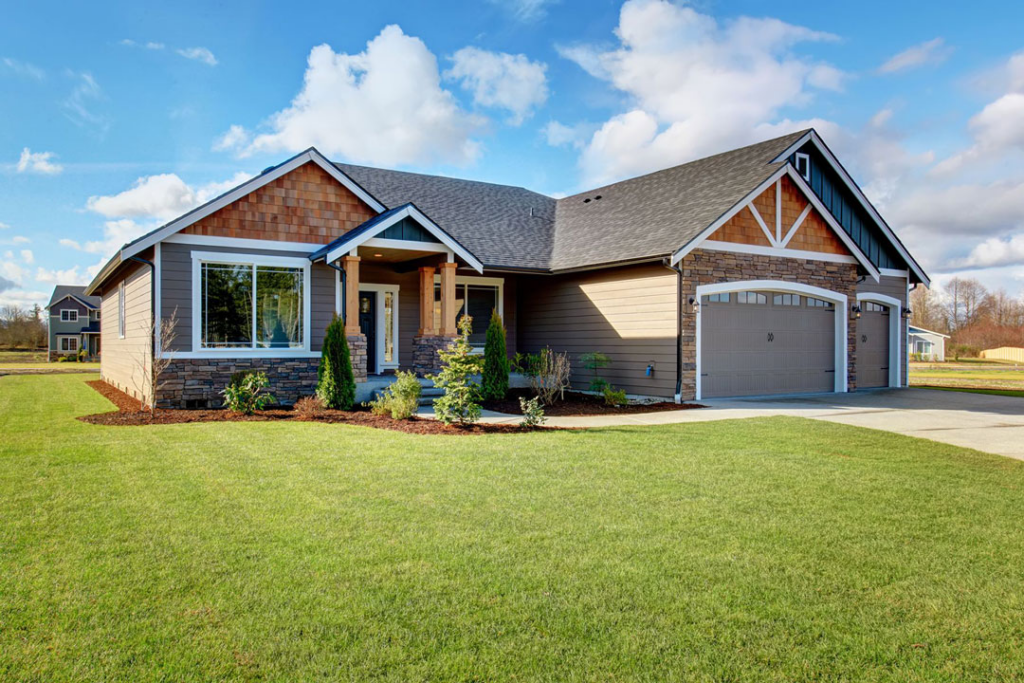Residential Window Tinting Pros And Cons

Picture a serene Sunday morning in your home, sunlight filtering through your windows, casting vibrant, warm colors around your room. Now, envision that same scene but with the heat and glare of the sun controlled, your privacy fully protected, and your living space kept comfortably cool. At Metro Tint TX, we turn this vision into reality with our residential and commercial window tinting options. These window films beautify your space and provide several practical advantages.
What is Window Tinting?
At its core, window tinting involves applying a thin film to the glass surfaces of your home. This film can be tailored to meet various needs, including UV protection and decorative enhancements. The primary types of window films include sun control, security, and decorative films, each serving a distinct purpose. Sun control films help manage the amount of solar heat entering your home, security window tinting adds an extra layer of protection against break-ins, and decorative films add aesthetic value without blocking natural light.
Benefits of Residential Window Tinting
UV Protection
One of the most significant benefits of window film is its ability to block harmful UV rays. At Metro Tint TX, we emphasize how critical sun control film is for protecting your skin and preserving the color and integrity of your furniture, carpets, and artwork. UV protection helps extend the life of your furnishings, making tinting home windows a worthwhile investment for any homeowner.
Energy Efficiency
Energy efficiency is at the heart of our tinting solutions. By installing the right window film, you can significantly reduce the heat entering through your windows, lowering your air conditioning needs and reducing energy bills. This heat reduction capability not only makes your home cooler but also more energy-efficient, especially during the intense heat of the summer months.
Enhanced Privacy
For many homeowners, privacy is a paramount concern. Tinted windows provide the privacy you need without sacrificing natural light. You can enjoy clear views from the inside out while outsiders cannot peer into your home. Whether living in a busy area or prefer extra privacy, tinting your windows can provide that seclusion.
Reduced Glare
Glare from direct sunlight can make everyday activities like watching TV or working on a computer uncomfortable. Our window films can significantly reduce glare, enhancing comfort and visibility within your home. This is particularly beneficial for rooms that receive a lot of direct sunlight.
Aesthetic Appeal
Window films can also enhance the external appearance of your house. We offer a range of styles, from clear films to darker tints, allowing you to choose a look that complements your home’s design. Tinted windows are practical and can be a stylish addition to your home.
Pros of Tinting Your Residential Windows
Cost-Effective
Investing in window tinting enhances comfort and aesthetics, and it’s also a financially savvy choice. At Metro Tint, TX, we’ve found that properly installed window films can lower energy bills by maintaining cooler indoor temperatures without overworking air conditioning systems. This makes window tinting an affordable option that pays off by increasing energy efficiency over time.
Increased Security
Security is a priority for every homeowner. Our security window films add a robust added layer of protection. By reinforcing your windows, these films can deter break-ins and offer increased resistance against potential burglaries and natural disasters. It’s a preventative measure that can provide peace of mind, knowing your home is safeguarded.
Protection Against Sun Damage
The sun’s rays can do more than heat up your home—they can also cause fading and damage to your interior decor. Our UV-blocking films are designed to protect against this, helping to preserve the color and integrity of your furniture, curtains, and woodwork. Tinting your windows is thus not only about controlling heat but also about protecting your investment in your home’s interior.
Cons of Residential Window Tinting
Potential Visibility Issues
While tinted windows enhance privacy and reduce heat, they can also reduce visibility, particularly in the evening or cloudy days. At Metro Tint TX, we carefully balance the tint to maintain visibility, especially with darker tints, which can affect how much light enters your home.
Installation Challenges
The effectiveness of window tint heavily depends on how it’s installed. Incorrect application can lead to bubbles, peeling, and uneven tinting, detracting from the aesthetic and diminishing the film’s effectiveness. This is why we stress the importance of professional installation, which ensures your window film is installed correctly and lasts for years.
Warranty and Durability Concerns
Choosing the right film and ensuring it’s installed correctly is crucial because mistakes can affect its warranty and longevity. At Metro Tint TX, we provide warranties on our films and installation, but improper installation from third parties can lead to warranty voids and reduced film durability.
Selecting the Right Window Film
Choosing the right window film involves understanding the specific needs of your home. Whether you want to reduce heat, block UV rays, enhance privacy, or increase security, there’s a film for you. We guide our customers through selecting the right window film based on their individual needs and the orientation of their home windows.
Technical Considerations
Measurements and Material
Choosing the right window film requires precise measurements of your house windows to ensure complete coverage without gaps. The type of glass also influences the choice of film, as different materials react differently to heat and adhesives. At Metro Tint TX, we assess each window’s specifications to recommend the best window film that matches your home’s architectural style and functional needs.
Maintenance Tips
Maintaining your tinted windows is straightforward but essential for prolonging their effectiveness and aesthetic appeal. Regular cleaning with suitable products ensures that the films remain clear and free from defects. We advise against harsh chemicals that can strip the film’s adhesive qualities and degrade the tint. Proper maintenance keeps your films looking new and performing optimally.
Contact Us for Home Window Tinting
Thank you for considering Metro Tint, TX, for your home window tinting needs. Whether you’re interested in tinting house windows for enhanced privacy, energy efficiency, or UV protection, our expert team is here to provide top-quality service and advice. We are committed to helping you select the best window tinting solutions to meet your needs. For more information, or to schedule a consultation, please contact us today. We look forward to assisting you in making your home more comfortable and secure with our professional window tinting services.
Learn more here
Learn if window tinting will ruin the view here


